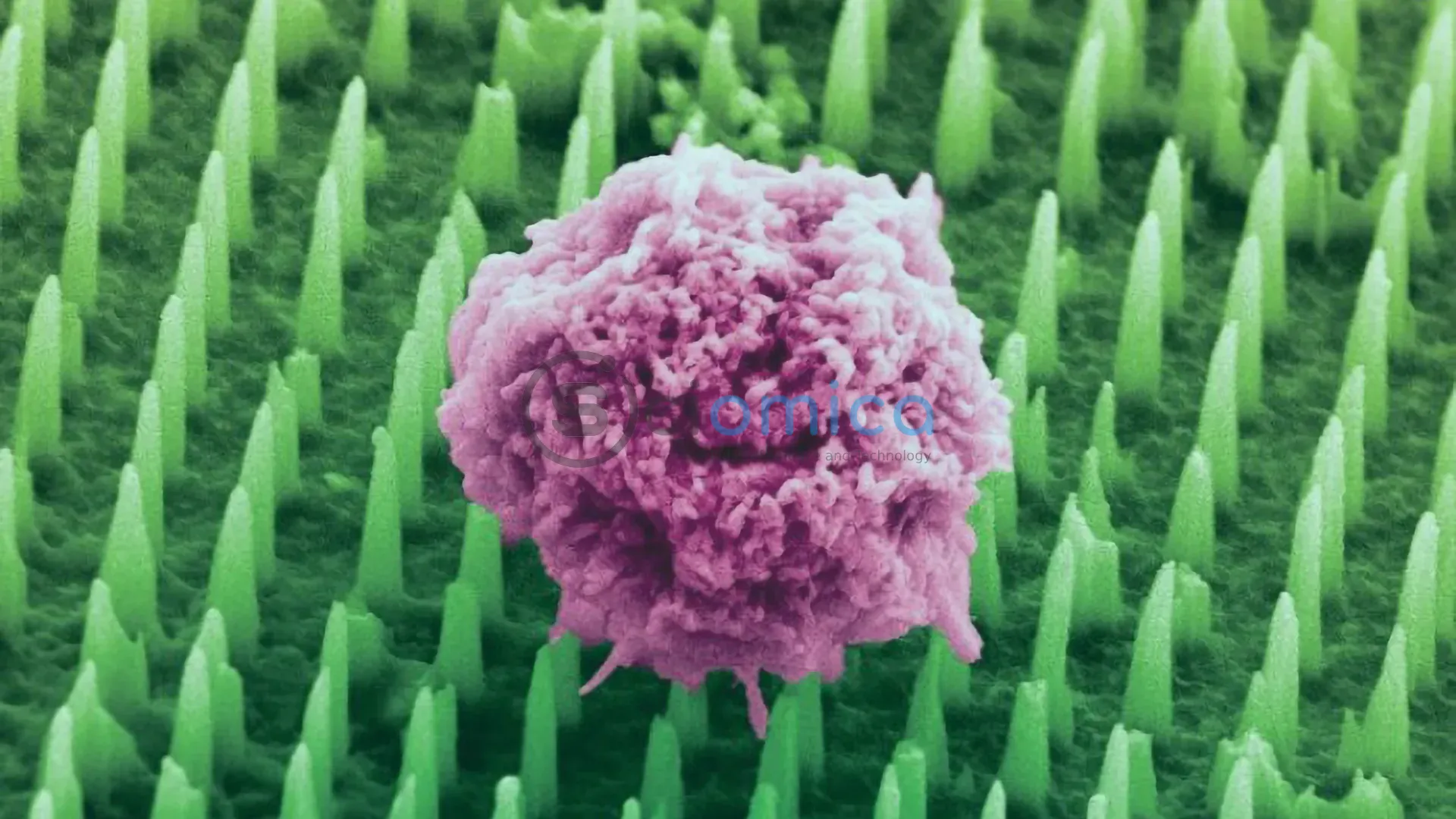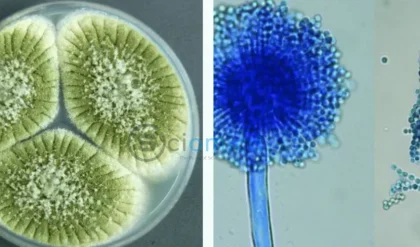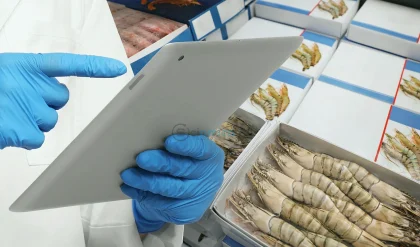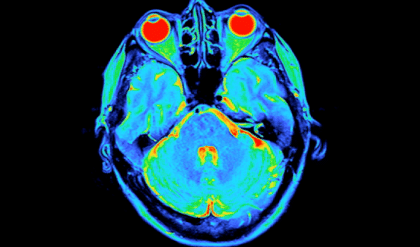
A groundbreaking innovation in medical diagnostics could soon replace traditional biopsies, according to researchers at King’s College London. This new technology, designed as a patch embedded with tens of millions of microscopic nanoneedles, presents a painless and less invasive method for collecting vital molecular information from tissues, offering a promising alternative for millions of patients who undergo biopsies annually for diseases such as cancer and Alzheimer’s.
Biopsies are a standard diagnostic procedure, performed millions of times globally to identify diseases. However, traditional biopsies are invasive, often painful, and can lead to complications that discourage patients from seeking timely diagnoses or follow-up testing. The tissue samples extracted during these procedures limit how frequently and how extensively doctors can analyze affected organs, particularly in sensitive areas like the brain.
The researchers’ pioneering nanoneedle patch works by penetrating the tissue without extracting or damaging it, enabling real-time monitoring of diseases. This approach allows healthcare professionals to perform multiple, repeatable tests on the same tissue area—a feat unattainable with conventional biopsies.
With nanoneedles that are 1,000 times thinner than a human hair, the patch is designed to cause no pain or damage, making it a less distressing experience for patients. This innovation could facilitate earlier diagnoses and more frequent monitoring, effectively transforming the landscape of disease tracking and treatment.
Dr. Ciro Chiappini, who spearheaded the research published in the journal Nature Nanotechnology, expressed great excitement about the development, stating, “We have been working on nanoneedles for twelve years, but this is our most exciting development yet. It opens a world of possibilities for people with brain cancer, Alzheimer’s, and for advancing personalized medicine.” He emphasized that this technology allows for unprecedented real-time studies of disease progression.
Preclinical studies demonstrated the effectiveness of the patch by applying it to brain cancer tissues derived from human biopsies and mouse models. The nanoneedles successfully extracted molecular ‘fingerprints’, including lipids, proteins, and mRNAs, without damaging the tissue. This information is subsequently analyzed using mass spectrometry and artificial intelligence, providing healthcare teams with comprehensive insights into tumor presence, treatment response, and disease advancement at the cellular level.
Dr. Chiappini noted, “This approach provides multidimensional molecular information from different types of cells within the same tissue. Traditional biopsies simply cannot do that. And because the process does not destroy the tissue, we can sample the same material multiple times, which was previously impossible.”
This innovative technology could also enhance surgical practices. For instance, during brain surgery, applying the patch to a questionable area could yield results in approximately 20 minutes, enabling surgeons to make swift, informed decisions regarding the removal of cancerous tissue.
Produced using advanced manufacturing techniques similar to those used in computer chips, the nanoneedles can be integrated into common medical devices, including bandages, endoscopes, and contact lenses.
Dr. Chiappini concluded that this development marks a potential turning point in the realm of painful biopsy procedures. The collaborative effort across diverse fields including nanoengineering, clinical oncology, cell biology, and artificial intelligence has been pivotal in unlocking this novel, non-invasive diagnostic approach. The research was supported by grants from the European Research Council, Wellcome Leap, and the UKRI, highlighting the collaborative nature of this significant medical breakthrough.
Reference:
- Chenlei Gu, Davide Alessandro Martella, Leor Ariel Rose, Nadia Rouatbi, Cong Wang, Alaa Zam, Valeria Caprettini, Magnus Jensen, Shiyue Liu, Cathleen Hagemann, Siham Memdouh, Andrea Serio, Vincenzo Abbate, Khuloud T. Al-Jamal, Maddy Parsons, Mads S. Bergholt, Paul M. Brennan, Assaf Zaritsky, Ciro Chiappini. Nanoneedles enable spatiotemporal lipidomics of living tissues. Nature Nanotechnology, 2025; DOI: 10.1038/s41565-025-01955-8






